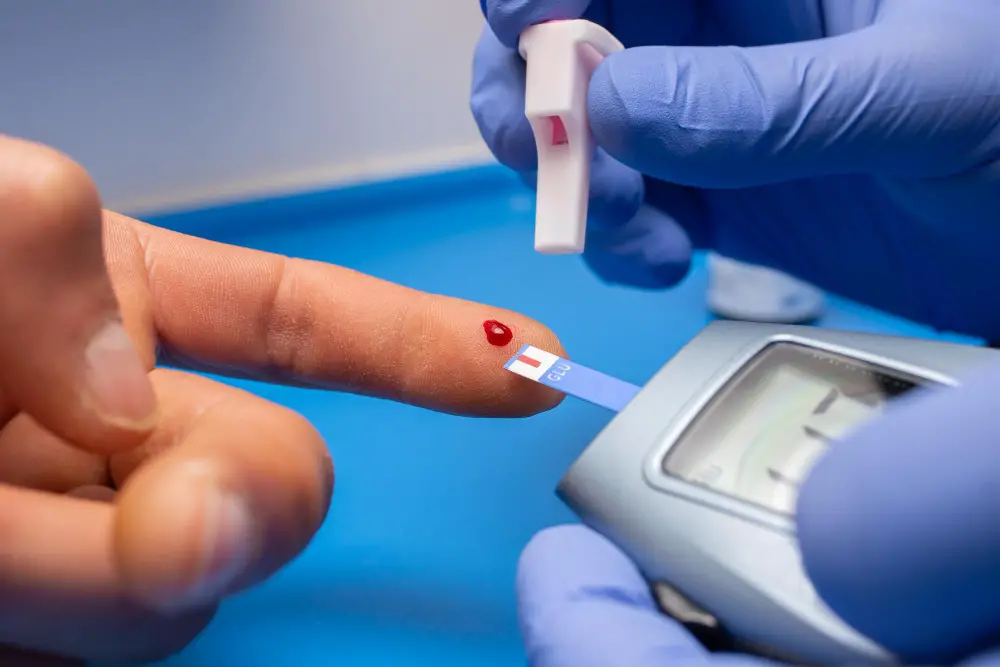
How long does your arm ache before a heart attack?
-
- Dr. Junaid Arshad
- November 30, 2021
- 0 comments
Table of Contents
Introduction
Duration of pain in the arm particularly the left one before a person gets a heart attack is an important parameter that can give a clue if the pain is related to the heart or not.
This duration can vary in different conditions.
Having a knowledge of those conditions, the nature of pain, & the duration of pain can help guide people on what further steps they need to take.
Although the title mentions the left arm but the information given below holds true for typical chest pain as well.
Before we jump to the details of the duration of pain let’s first discuss what type of pain is related to the heart and can result in a heart attack if prolonged above a certain time period.
Heart-related pain has the following features.
- Diffuse pain involiving left arm, shoulders. neck, jaw, & center of the chest.
- Typically described as heaviness on chest
- The pain worsens with exertion and improves with rest
Following are the 3 heart-related conditions along with the duration of pain they give.
Pain Duration in Stable Angina
In case of angina, the pain typically lasts for 2-10 minutes and then goes away.
Any pain which is less than 2 minutes is less likely to be heart-related.
It is also called stable angina.
The mechanism behind this pain is the narrowing in the blood vessels supplying the heart.
These blood vessels are called coronary vessels.
The narrowing is usually caused by the cholesterol deposition called atherosclerosis.
A person is usually pain-free at rest.
Anxiety or stress, exertion, & cold weather can precipitate the pain as these conditions increase the oxygen demand of heart muscles.
Decreased blood supply to the heart muscles due to the narrowing in the blood vessels is the reason for pain.
In medical terminology, the pain caused by decreased blood supply is called Ischemia.
Remember this is not a heart attack because the blood supply has decreased but the narrowing and decrease in blood supply are not severe enough to cause a heart attack.
Heart attack is a condition in which the heart remains deprived of blood for a duration enough to cause permanent damage to heart muscles and in that case pain usually lasts for more than 10 minutes.
This explains the importance of the duration of pain.
Anything less than 10 minutes can be anginal pain but is less likely a heart attack
Pain Duration in Unstable angina
Unstable angina refers to the pain which is present at rest.
It is the advanced form of stable angina.
In this case, the narrowing in heart vessels has worsened as compared to stable angina.
Patient experiences pain with mild exertion & the threshold for pain decreases.
The duration of pain in case of stable angina is typically less than 20 minutes.
And this too is not a heart attack.
Pain Duration in a Heart Attack (Acute Myocardial Infarction)
In this case, the narrowing in the blood vessels has worsened further step ahead.
The heart has remained deprived of blood for enough duration to cause permanent damage.
The duration of pain, in this case, is typically 30 mins or more.
Any pain which is less than 30 minutes usually doesn’t cause a heart attack and can be classified as either stable or unstable angina
What measures You need to take if you fall in above mentioned categories of chest/left arm pain?
The nature and duration of pain can help you categorize your disease & take measures accordingly
Heart Attack
If you are having typical pain for 30minutes or more you need to take it seriously.
What you need to do immediately is chew a tablet of Aspirin 300mg and rush to the nearby cardiac emergency.
In case the diagnosis of acute heart attack is made on EKG you can be treated with an urgent angioplasty called Primary PCI.
Following investigations can help confirm the diagnosis of Heart Attack in the emergency department.
- EKG
- Blood tests like troponin T and I
- Echocardiography showing decreased contractility of specific regions of heart
Consequences of delay in treatment
If a person is having pain due to a heart attack for 30 minutes or more delaying treatment can have dreadful consequences.
It can result in permanent damage to a portion of the heart and can cause complications like heart failure, life-threatening rhythm abnormalities, and even death.
The sooner you get treated with re-opening of the blocked vessel the better the results are.
Its commonly said in cardiology that time is muscle, which means that damage to your heart muscle worsens with every second passing by.
Stable & Unstable Angina
If you are having typical pain in your left arm/chest that comes with exertion and stays for around 10-20 minutes then you must need to consult a cardiologist for evaluation.
Basic steps for evaluation for stable and unstable angina are as below.
- EKG : Shows the elctrical activity of heart and can detect diseases like heart attack & rhythm abnormalities
- Echocardiography : Its just like the ultrasound of the heart and can show structural abnormalities
- Exercise Tollerance Test (ETT)
- Angiography
- Radionuclide scanning
Depending upon your disease a doctor can prescribe you the following therapies.
- Medical therapy for mild-moderate disease
- Angioplasty for moderate-severe disease
- Coronary artery bypass graft (CABG) surgery in patients whom angioplasty is not a better option.
Is left arm or chest pain always related to heart ?
Please remember every left arm pain or chest pain is not related to the heart.
In fact, most of the patients coming to cardiac emergencies have non-cardiac reasons for their chest pain or left arm pain.
Statistics of Chest Pain
Statistics say that every year 6 million people in the United States come to the emergency department with chest pain.
Out of those 6 million, only 10-15% are diagnosed with a heart attack or a cardiac cause of chest/left arm pain.
Features of non cardiac pain
The following features if present are suggestive of the non-cardiac nature of the pain.
- Pain for a very short duration like for a few seconds.
- Localized pain, espically the one that can pointed out with a finger.
- Pleuritic pain i.e., sharp pain related to respiaratoty movements or cough
- Pain that can be reproduced by the palpation or movement of chest wall or arms
- Pain that radiates to legs
Non Cardiac Causes of Chest Pain/Left Arm pain
Mentioned below are some of the common non-cardiac causes of chest/left arm pain.
| Musculoskeletal | This is related to the muscles and bones of the chest wall or arm. Pain can last as long as the underlying condition stays and can be reproduced by palpation and movement of the involved area. Costochondritis is one of the most common causes. |
| Gastrointestinal | This pain involves the organs of the gastrointestinal system which includes the stomach, liver, gall bladder, pancreas esophagus. Gastric ulcer and gastro-esophageal reflux disease are the two common causes. |
| Infections | Local soft tissue infections of the chest wall can cause localized pain. Herpes zoster- a viral infection that causes a burning sensation like pain in a specific skin region. |
| Vascular | This includes aortic dissection & pulmonary embolism. |
| Psychological | Anxiety or a panic disorder can give typical chest pain or left arm pain. Symptoms are usually long-lasting, for hours to days and weeks. |
Summary
| Stable Angina | 2-10 minutes in duration |
| Unstable Angina | 10-20 minutes |
| Heart Attack | Pain lasts for 30minutes or more |
| Non-cardiac Pain | less than 2 minutes or very prolonged like constant pain for days to weeks |
Take Home
Never ignore a typical pain if it’s there for 30 minutes or more.
If pain duration is somewhere between 2-20 minutes, must get evaluated by a cardiologist.
Every chest pain or left arm pain is not due to heart disease.
If you are still in doubt about your pain, you must get a consult from a cardiologist to rule out heart disease.




